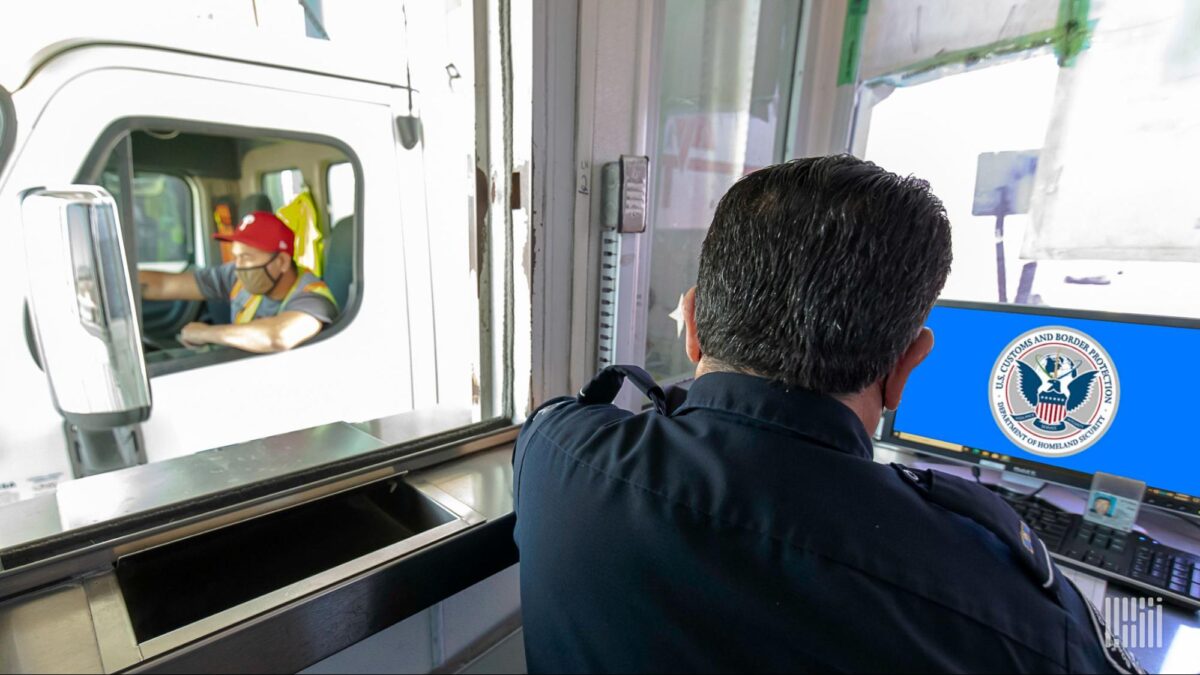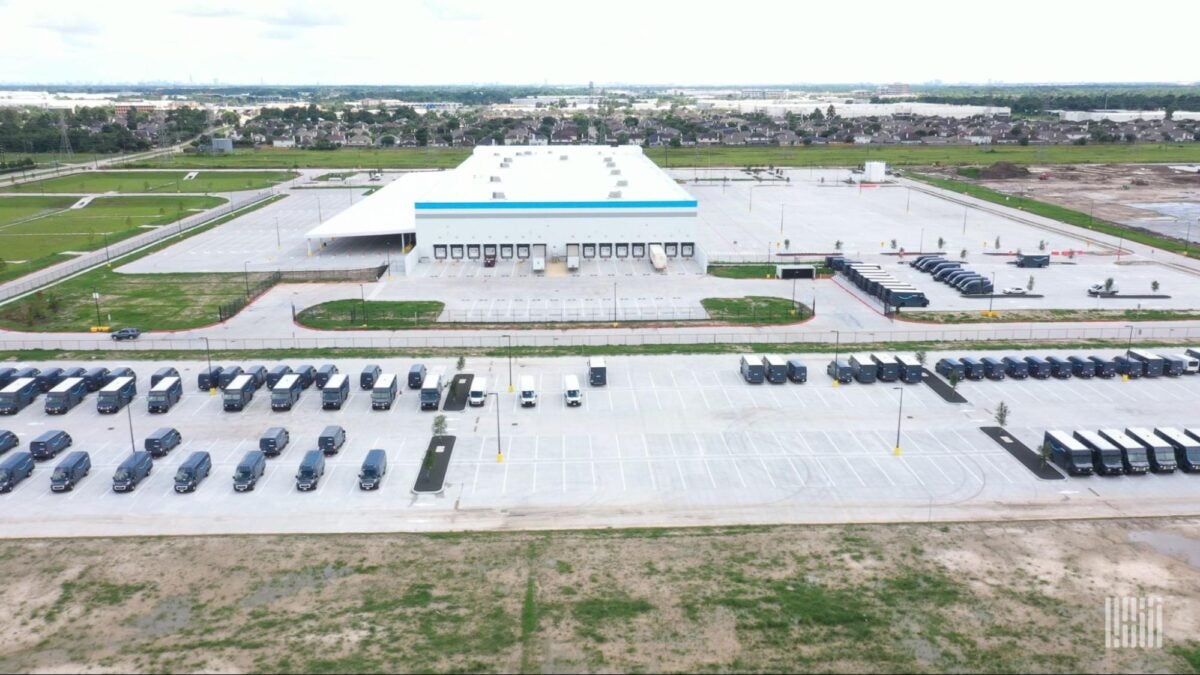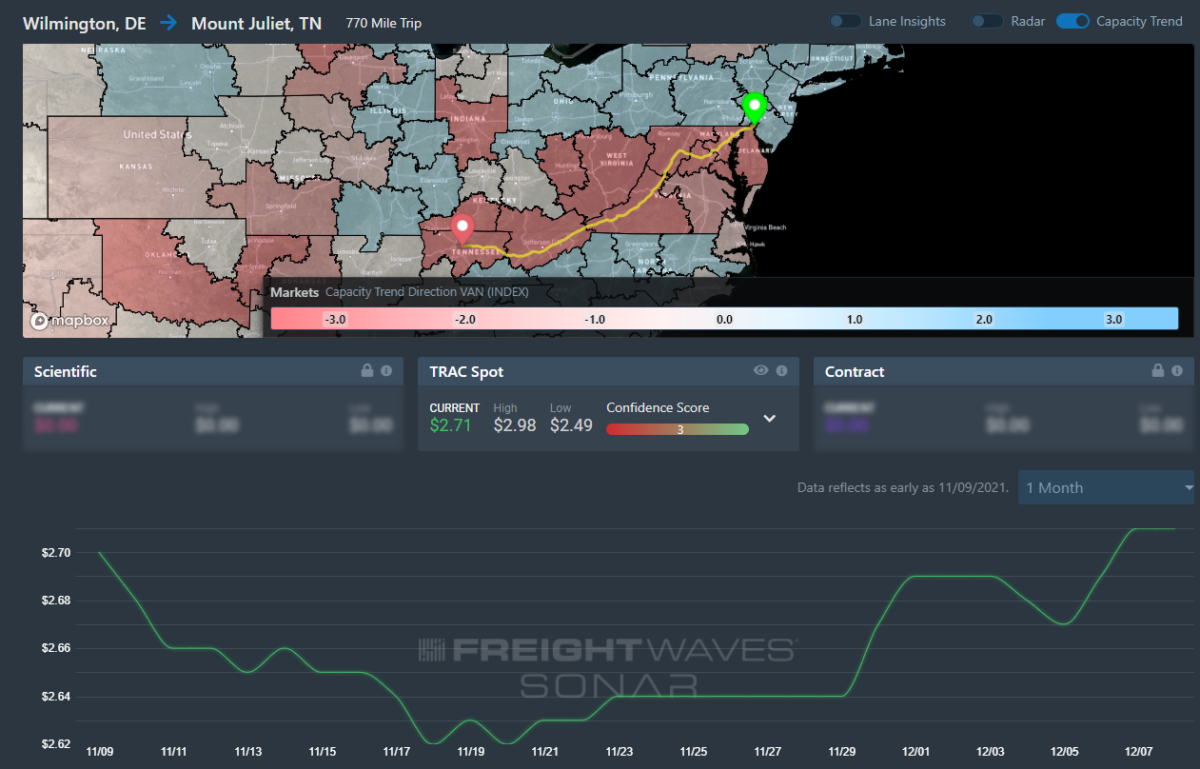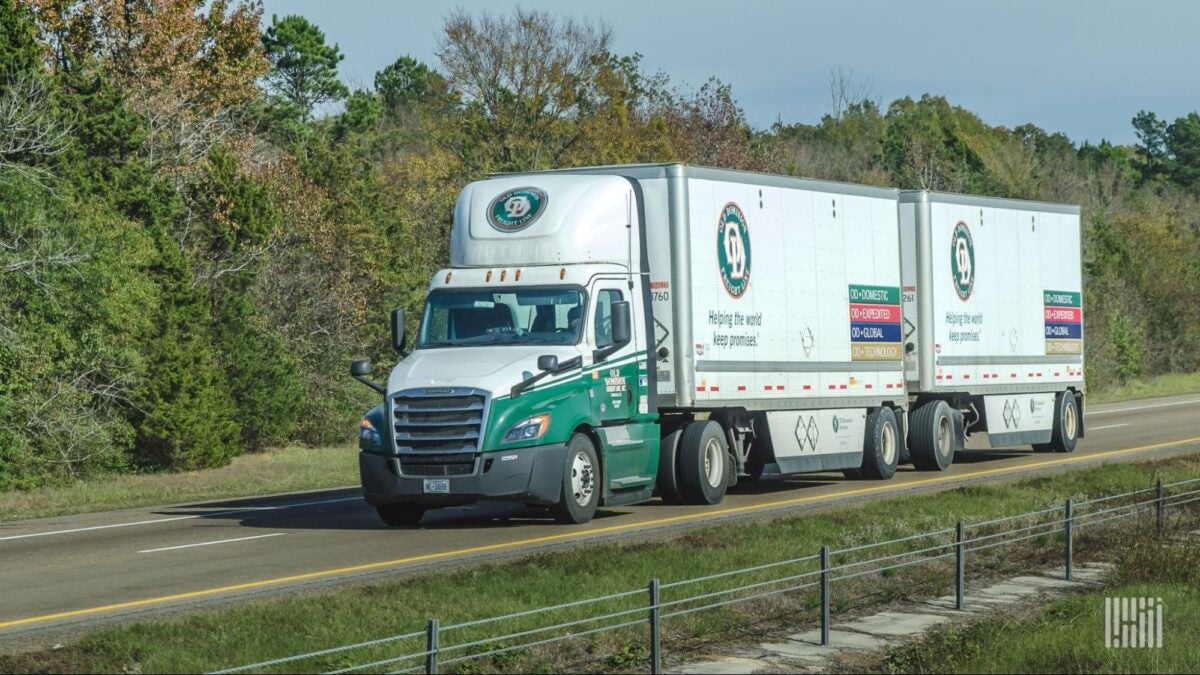Hot Take

Customs and Border Patrol have been busy little bees. The Bureau of Transportation Statistics on Wednesday released the North American Transborder Freight numbers that show there was $68.6 billion of truck freight and $14.7 billion of rail freight crossing U.S. borders in the month of September. The current numbers are a 8.1% increase for trucks and a 6.6% increase for rail over last year’s September numbers.
The total value of transborder freight for both rail and truckload between Canada, Mexico and the U.S. reached $109.2 billion. August had a higher value of freight moving across the borders but at a lower volume. That’s similar to what we are seeing throughout markets in the U.S. Shipment counts are rising, and the value of the goods on trucks aren’t necessarily the most expensive goods. Whether that is a result of higher consumer spending or just the cycle we’re in, I think I’ll wait for a touch more data.
The biggest capacity crunch coming to cross-border shipments will come at the beginning of the new year. We know that Mexico is increasing its documentation requirements for shipments traveling both intra- Mexico and cross border. Although Canada is not presently looking at changing any of its existing paperwork requirements, there is a new requirement for drivers at the border: vaccinations.
As of Jan. 15, all the countries in North America will have a policy in place requiring drivers of freight to be fully vaccinated against COVID-19. The U.S. will require noncitizen travelers who are entering at land ports of entry and ferry terminals to provide documentation of their vaccination status, meaning drivers from Canada and Mexico will have to show their status upon entering the country. Canada and Mexico have followed suit with their own policies.
Come mid-January start preparing shippers for delays at the border and remind individual brokers that this is now a requirement of the load and they need to make sure drivers have their vaccination documentation with them when hauling a cross-border load. Expect rates to go up and transit times to slightly increase. Warn those shippers now before you’re on the wrong end of an angry phone call.
Quick Hits

Long lines to check in at the guard shack got ya down? Cargo thieves are considering this their lemonade out of lemons. The backlog throughout the entire supply chain (i.e., port congestion, warehouse appointment delays and lack of truck parking) has, unfortunately, made cargo theft easier than ever. Cargo crime is a $15 billion to $30 billion annual business. In Q3 of this year there were 294 incidents of cargo theft involving tractor-trailers or cargo vehicles.
In areas with congestion to the levels at the Port of Los Angeles, trains are proving to be a lucrative target. Trains come to the port, and those containers that have been sitting for a few days before the train arrives are the prime target. If they make it out of the ports unscathed, they have to traverse the country, stopping in various parts for a multitude of reasons, resulting in many additional chances for theft.
California remains the top spot for cargo theft. If your customer is shipping consumer electronics, household goods or food, make sure it is taking the precautions necessary to reduce the chances of theft or educating drivers to check frequently after stops to ensure the cargo is intact and to call police if there is a suspicion of theft.

Amazon Web Services gave everyone a rough time with its outage Tuesday, so it’s only fair that the freight and final-mile sides of Amazon brag about how they are going to deliver more packages than UPS or FedEx in the U.S. The company is expecting to be one of the largest carriers in the world by the end of 2021 and the largest package delivery carrier by early 2022 at the latest. As much as I hate to agree with Amazon, it might be onto something.
Throughout the last few years Amazon has been contracting with local delivery companies, opening thousands of fulfillment centers throughout the U.S. in an effort to reduce its shipping costs, as it sees it’s cheaper and more efficient to move everything in-house and stop relying on third parties for parcel deliveries. As a behemoth of a retailer, feeding into its supply chain is inevitable. Whether you’re sending a load into the fulfillment center or a warehouse, Amazon will likely touch your load board.
TRAC Thursday

Let’s take a look at a lane between the largest fulfillment center and the largest warehouse in Amazon’s network, Wilmington, Delaware, and Mount Juliet, Tennessee, respectively. If you were taking some returns back to the warehouse or backhauling to get another load, you’d be looking at a rate per mile of $2.71. That median rate is the highest this lane has seen in the last month.
It could be the Christmas capacity crunch coming, but if you’re bidding on a shipment from the greater Nashville, Tennessee, area up to the Northeast, be ready to see rates higher than historic data in the last month.
Look at that lemonade stand

While it’s not quite Q4 earnings reporting time, it is time for a lot of quarterly updates to come from our favorite LTL carriers.
Old Dominion Freight Line gives a strong economy and its efforts to win market share as the reason behind its November success. Daily revenue increased 29.9% year-over-year in November as tons per day increased 11.5% and revenue per hundredweight, or yield, was up 16.6%. Expecting that strong customer demand will continue into next year and its generally better service than other carriers, Old Dominion stands to have another record quarter and come out on top of the other national LTL carriers.










